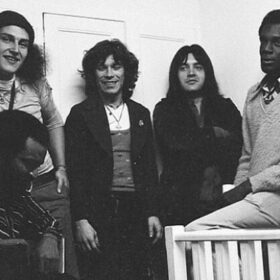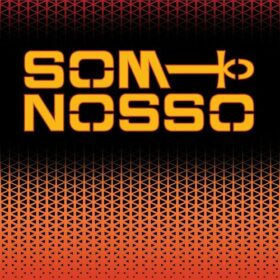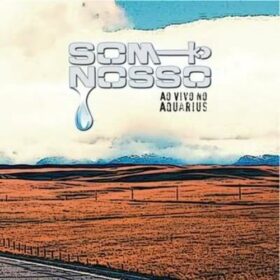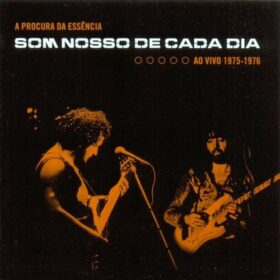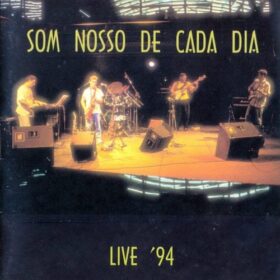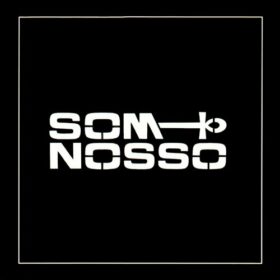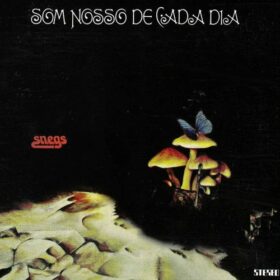Som Nosso de Cada Dia is a brazilian progressive rock band - despite some composed songs in the genres funk and soul - formed in 1971 in the city of São Paulo. It is known for having released two studio albums in the 1970s successfully in specific...
Read more
Genres: Brazilian Rock, Progressive Rock
Som Nosso de Cada Dia is a brazilian progressive rock band – despite some composed songs in the genres funk and soul – formed in 1971 in the city of São Paulo. It is known for having released two studio albums in the 1970s successfully in specific circles, Snegs – from 1974 – and Som Nosso – from 1977. After their end in 1978, the band returned to the stage on several occasions, having their last tour occurred in 2017 and lasted until today.
Originally formed by Manito ( keyboards , saxophone and flute ), Pedro Baldanza, “Pedrão” ( guitar and bass ) and Pedrinho Batera ( drums and vocals ) in the city of São Paulo in 1971. It was a different band from the others that existed because they did not have a solo guitarist, but only a bassist who played the guitar eventually in some part of a song. The group was centered on the figure of Manito who had already been successful with the rock group of Jovem Guarda Os Incríveis. Things started slowly until the band started participating in festivals. In one of these presentations, they were seen by scouts from the GEL label who recommended hiring the band to release a studio album . With the hiring, in 1973, they faced problems with the record company, mainly scarce studio time to make the recordings and problems with the studio equipment. So, they ended up having to record and mix their debut album in just a week in a studio that was having problems with the sound mixer.
After recording, they started to face another problem: the record company was not excited about the material and put the disc in the refrigerator, postponing its release indefinitely. The group continued to do shows and this resulted in an invitation to open the shows that American singer Alice Cooper would do in Rio de Janeiro and São Paulo. There were five shows in July that led to a giant exhibition by the band that pleased the audience: the biggest show at Anhembi , in São Paulo, had an audience of over 130 thousand people (estimates even spoke of 158 thousand people). With good repercussions – especially from Manito’s keyboards in the song “Massavilha”, the record company decides to release the album and, thus, after almost a year of its recording, Snegs is released in 1974. With the release of the album, the group starts to perform as a main attraction at several festivals, such as the first Águas Claras Festival and the Rock da Garoa festival, both in 1975.
At this time, they record a second album containing a suite entitled “Amazônia”, which they play in live performances. The disc would not end up being released by the label and, in November 1975, Manito announced his departure from the band. The remaining members decide to continue and the band undergoes several formations in the following years. In 1976, they signed a contract with the label Discos CBS and launched, in the following year, Som Nosso , with: Dino Vicente, Paulinho Esteves and Tuca Camargo (keyboards); Egídio Conde (guitar); Rangel and Marçalzinho (percussion); and Marcinha and Tony Osanah (vocals). On this album, the band also recorded themes influenced by black music and funk by James Brown , with two clearly defined sides: one with dancing music; and another with progressive music. After struggling to keep performing, the group ended in 1978.
Genres: Brazilian Rock, Progressive Rock
